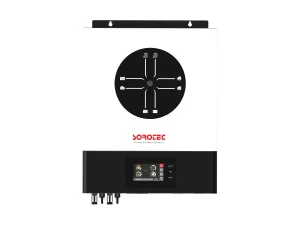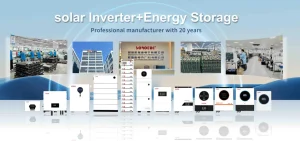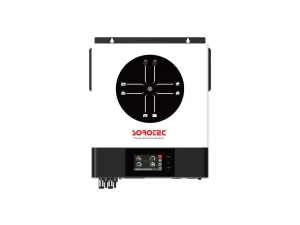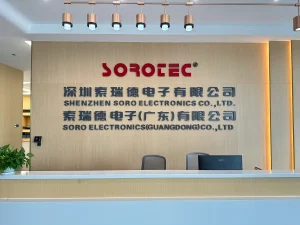Inverter battery backup time calculation is hugely dependent on load. The load is the collective power of a power supply which all of the connected appliances consume with the inverter. To calculate the inverter battery backup calculator time, we need to understand the load and the battery efficiency.
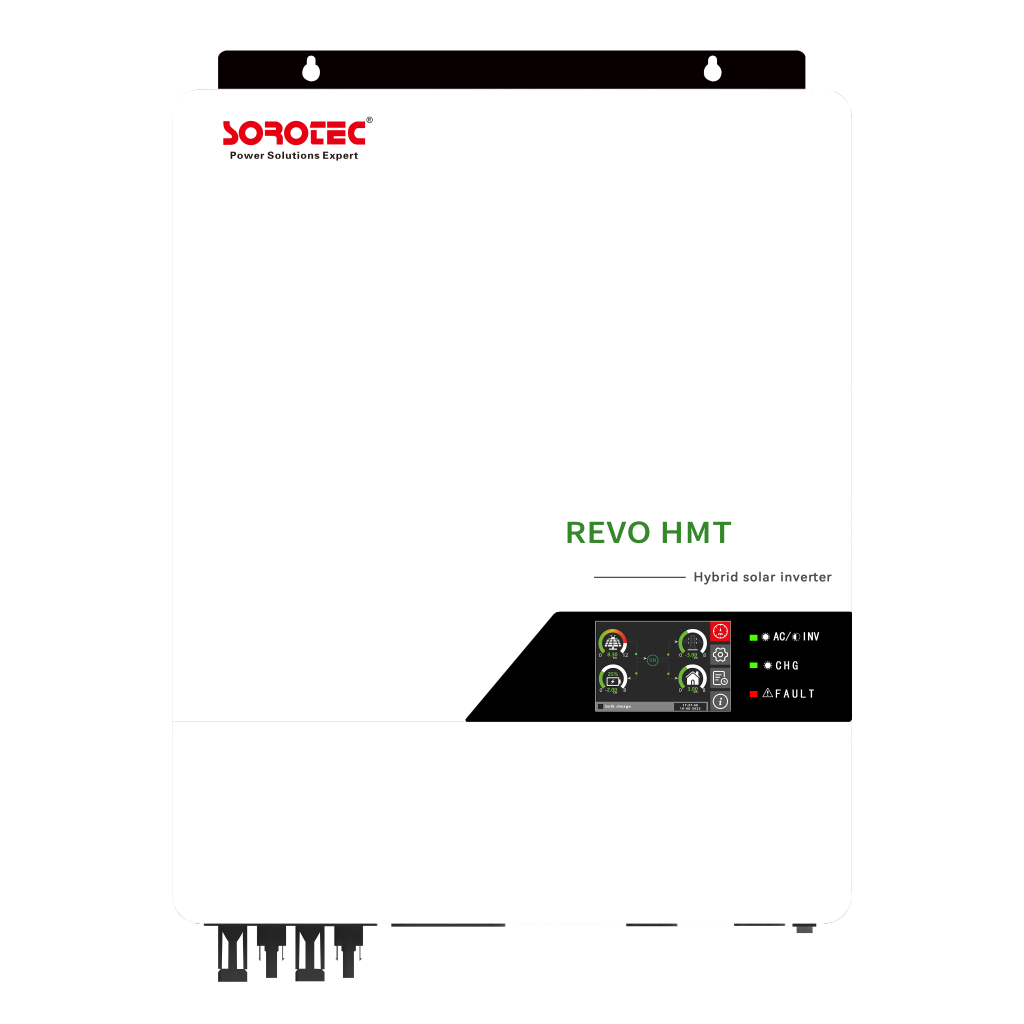
Factors Affecting Inverter Battery Backup Time
The Role of Load in Determining Backup Time
An inverter’s battery backup time is determined by the load connected to it. Load is the cumulative power consumption of all the appliances and devices connected to the inverter. The faster the load goes, the shorter the backup time the battery has as it discharges faster.
On the other hand, a lower weight will extend the battery range. Knowing your load needs is essential to reducing the time of your backup and preventing interruption of utility during blackouts.
Battery Capacity and Its Relationship with Load
The battery capacity expressed in ampere-hours (Ah) indicates the amount of energy a battery can store and deliver for a limited period. The load must be compared with this capacity in order to have a proper performance.
A battery rating of 150 Ah with some load will give backup for a longer time if it is connected to a moderate load in comparison to a heavy load. You need to choose batteries according to your usage.
Efficiency of the Inverter System Under Different Loads
One key specification that determines how much of the energy stored with a battery is put to use is inverter efficiency. Load efficiency can differ; most inverters are designed to run at maximum efficiency state in specific load sectors.
A good inverter significantly reduces the energy loss during the process of transforming DC (battery) energy into AC (electricity). Quality systems incorporate high-end components such as Maximum Power Point Tracking (MPPT) technology that maximizes energy usage that can be obtained at varying loads.
Calculating Inverter Battery Backup Time Based on Load
The formula for Calculating Backup Time
To calculate inverter battery backup time, you can use the formula:
Backup Time (hours) = Battery Capacity (Ah) × Battery Voltage (V) × Efficiency (%) ÷ Total Load (Watts)
For example:
A 150 Ah battery with 12V voltage and 90% efficiency powering a 300W load:
Backup Time = (150 × 12 × 0.9) ÷ 300 = 5.4 hours
This calculation assumes ideal conditions without accounting for external factors such as temperature or aging of components.
The Importance of Accurate Load Estimation
Reliable calculations and design of the system depend on your estimation of the total connected load. Too much power will result in an oversized system, which in addition to being dangerous will also be unnecessarily costly, while too little power will likely lead to an overloaded system that continually cuts contact due to low capacity. With real-time data on power consumption through smart monitoring systems that are built into the model, it is possible to make exact adjustments.
Real-World Scenarios: Variable Loads and Their Effects
In real-world applications, loads are rarely constant and tend to fluctuate throughout the day. For instance:
During daytime hours, residential setups might experience higher loads due to appliances like washing machines or air conditioners. At night, loads typically decrease as fewer devices are operational.

These differences require systems that adapt dynamically. Smart load management systems with dual-output technology such as those found in advanced inverters prioritize critical devices during high-demand times, which enables optimal energy management across a system.
Since the latest generation of inverters are equipped with dual-output intelligent load management systems, they can allocate priority to essential devices requiring power in the case of high demand but at the same time, optimize overall energy use as well.
SOROTEC Products for Optimized Battery Backup Performance
High-Efficiency SOROTEC Inverters for Professional Use
The inverter plays the most important role in the performance of the battery backup. These devices not only convert stored direct current (DC) energy into usable alternating current (AC) electricity but also facilitate power conversion with minimal energy loss.
SOROTEC‘s latest inverters provide features such as dual-output intelligent load management and real-time monitoring with built-in Wi-Fi, like the REVO HMT. In fact, these systems are able to function on battery-free operation when required based on the necessity of the situation.
The REVO VM IV PRO-T is another highlight model, featuring a photovoltaic voltage range of 60–450VDC and a maximum photovoltaic input current of 27A. It also comes with configurable AC/PV output usage time and priority settings to help manage your energy consumption. These features maximize the efficiency of the system and help with extended battery life for the connected batteries.
Recommended SOROTEC Batteries for Extended Backup Time
The type of battery you select plays a huge role in how long your backup lasts and how reliable your backup is. The lithium iron phosphate batteries with a longer cycle life, lighter weight, and higher power density are good choices.
For both 24V and 48V applications, models such as SL 24V/48V-T/W provide increased flexibility and an expanded temperature range—enabling use in more demanding environments.
These batteries are designed to work with inverters like the REVO HESS series, which can be used in grid-connected or off-grid modes. This series features BMS communication with 5000 Wh*2 (total capacity: 10KWh) which makes its energy storage and utilization efficient.
Enhancing Performance and Efficiency with SOROTEC Solutions
Strategies to Optimize Battery Backup Time Using SOROTEC Systems
To increase battery backup time to the maximum, it is key to implement your energy needs-based methods. Start accurately estimating your loads with built-in calculators in newer inverter models.
Another useful approach is load balancing. To maximize performance and help avoid overloads, power is evenly distributed among connected devices. Also, with the occasional use of peak-and-valley charging functions some models make possible, you can deposit energy when electricity prices are lower, during off-peak periods.
Moreover, the peak-and-valley charging functions that some models offer enable you to store energy possible to be utilized during the low-demand, and therefore low-electricity-cost.
Monitoring and Managing Load with SOROTEC Tools
Monitoring the system in real-time is essential for upholding the system’s efficiency. Advanced inverters with built-in Wi-Fi or RS485/CAN ports allow for easy communication between the inverter and connected devices. Such features let you monitor energy consumption patterns and adjust accordingly, all from a distance. It enables you to monitor usage remotely and adjust your pattern accordingly.
Additionally, systems such as Maximum Power Point Tracking (MPPT) technology reduce the loss and improve the efficiency of harvesting solar energy by adjusting the voltage-current characteristics over different places. This guarantees that your system performs with maximum efficiency, no matter what the amount of sunlight or load demand is.
FAQ
Q1. How do I know the right inverter size for me?
A: You should first measure the total connected load in watts for all your appliances, and then select an inverter with a rating of 20 to 30 percent more than the total, keeping in mind the future expandability as well as for any unexpected surge.
Q2. What is the benefit of lithium iron phosphate batteries over traditional lead-acid batteries?
A: Lithium iron phosphate batteries offer longer cycle life, higher energy density, lighter weight, and better safety features compared to lead-acid counterparts
Q3. Is it possible to keep an eye on my inverter from a distance?
A: Yes, many modern inverters come with in-built Wi-Fi or offer optional Wi-Fi modules for mobile app/web-based remote monitoring. With this feature, you can monitor performance metrics on the go.


